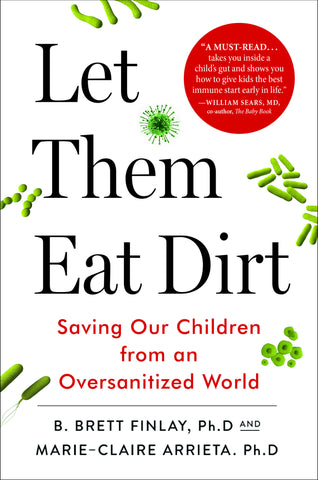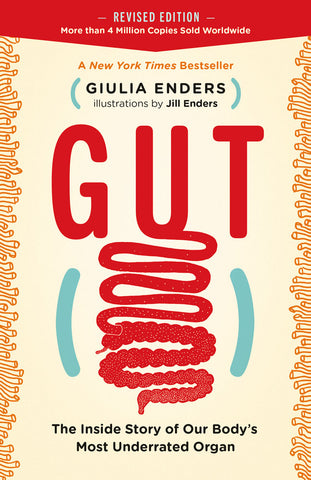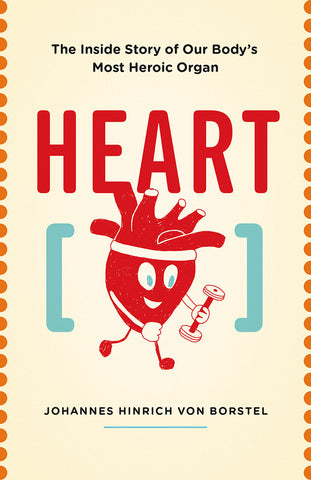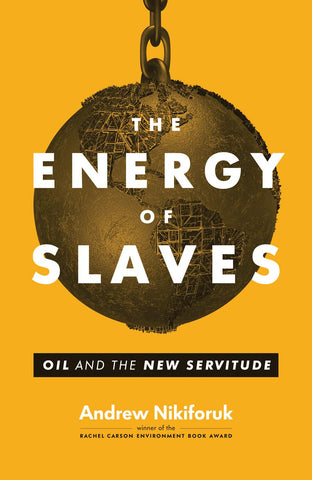On Pandemics
Deadly Diseases from Bubonic Plague to Coronavirus
- ISBN: 9781771648110
- Tags: David Waltner-Toews, Health & Wellness, Science,
- Dimensions: 6 x 9
- Published On: 05262020
- 262 Pages
“A quiet little gem of understanding in a cacophony of panic and fear” –Quill & Quire, STARRED review
Authored by a leading epidemiologist, this engrossing book answers our questions about animal diseases that jump to humans—called zoonoses—including what attracts them to humans, why they have become more common in recent history, and how we can keep them at bay.
Almost all pandemics and epidemics have been caused by diseases that come to us from animals, including SARS, Ebola, and—now—Covid-19. Epidemiologist, veterinarian, and ecosystem health specialist, David Waltner-Toews, gathers the latest research to profile dozens of illnesses in On Pandemics. Chapters are broken into short, dynamic explainers, each one tackling a different disease. Readers will discover:
- Why zoonotic diseases jump from animals to humans—and why some decide to stick around for good.
- How governments have responded to pandemics and epidemics throughout history, for better or for worse.
- The role of climate change, industrialized farming, cultural practices, biodiversity loss, and globalization in making these diseases not only possible, but inevitable outcomes of our modern lifestyles.
Coronaviruses, such as those that cause SARS and Covid-19, have made bats their home for centuries. Until SARS came along, we didn’t know they were there, nor do we know how many other death-dealing viruses might be living undetected in wildlife. On Pandemics shows the greater impact of animal-borne diseases on our world, and encourages us to re-examine our role in pandemics, if not for our own health, then for the health of our planet.
Published originally in 2007 as The Chickens Fight Back: Pandemic Panics and Deadly Diseases that Jump from Animals to Humans, this book has been updated in light of the COVID-19 pandemic.
“Waltner-Toews makes truly entertaining reading.” –Globe and Mail
“A page-turner presented with irreverent humour and many hair-raising anecdotes” –Vitality Magazine
David Waltner-Toews is a renowned Canadian epidemiologist, veterinarian, and highly-respected specialist in the epidemiology of food and waterborne diseases, zoonoses, ecosystem health, and One Health, whose work has been instrumental in the development of teaching and training programs across North America, Europe, and Asia. A multi-award-winning writer, he is the author of more than 20 books including textbooks, nonfiction books about science and health, murder mysteries, and poetry and short story collections. He lives in Kitchener, Ontario.
“[This book] asks us to examine the societal set-up that makes these diseases possible, including such inequities as overcrowded cities, poverty, slums, and a lack of clean water. A quiet little gem of understanding in a cacophony of panic and fear.”—Quill & Quire
“Waltner-Toews is quite clear about the message, and about the sort of science that will be required, not merely for coexisting with zoonoses but also for sustainable living in general. [His] narrative about ourselves in our natural context (not always benign!) indicates the way to a solution.” —Science Direct
“Exactly the kind of book medical and nursing students should be reading. We need more like David Waltner-Toews: informed folks who not only care deeply about animals but can explain why humans have turned our dysfunctional yet collective fate into comedy or tragedy.”—The Globe and Mail (Toronto)
“The combination of entertaining and educationally sound is rare and precious, and is deployed here to excellent effect to describe and explain problems ranging from avian flu and SADS through mad cow disease to plague and Chagas disease.” —John M Last, MD, Emeritus Professor of Epidemiology, University of Ottawa
“This comprehensive account … carefully documents the science of the diverse disease agents and the myriad of biologic, geographic, behavioral, and cultural factors that influence the occurrence and spread of the diseases that they cause.” —Peter M. Schantz, VMD, PhD, Centers for Disease Control and Protection





